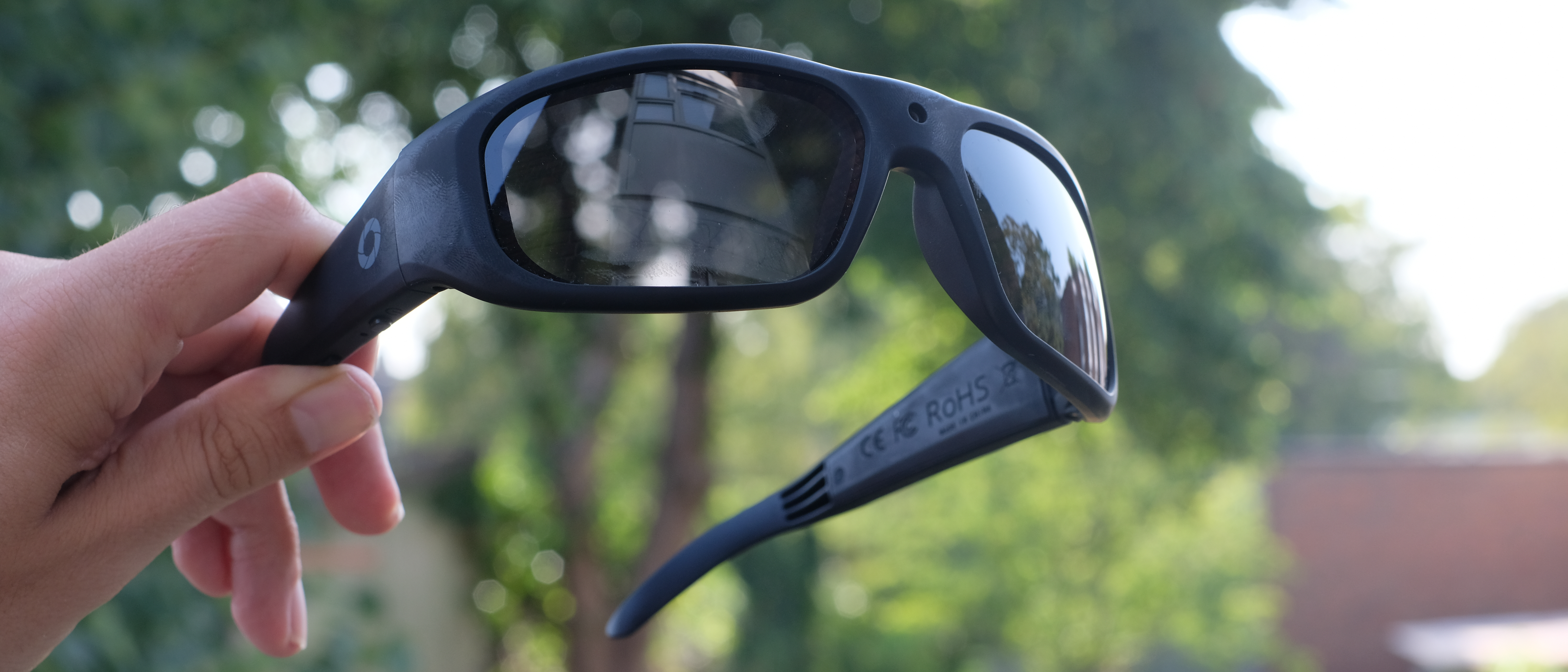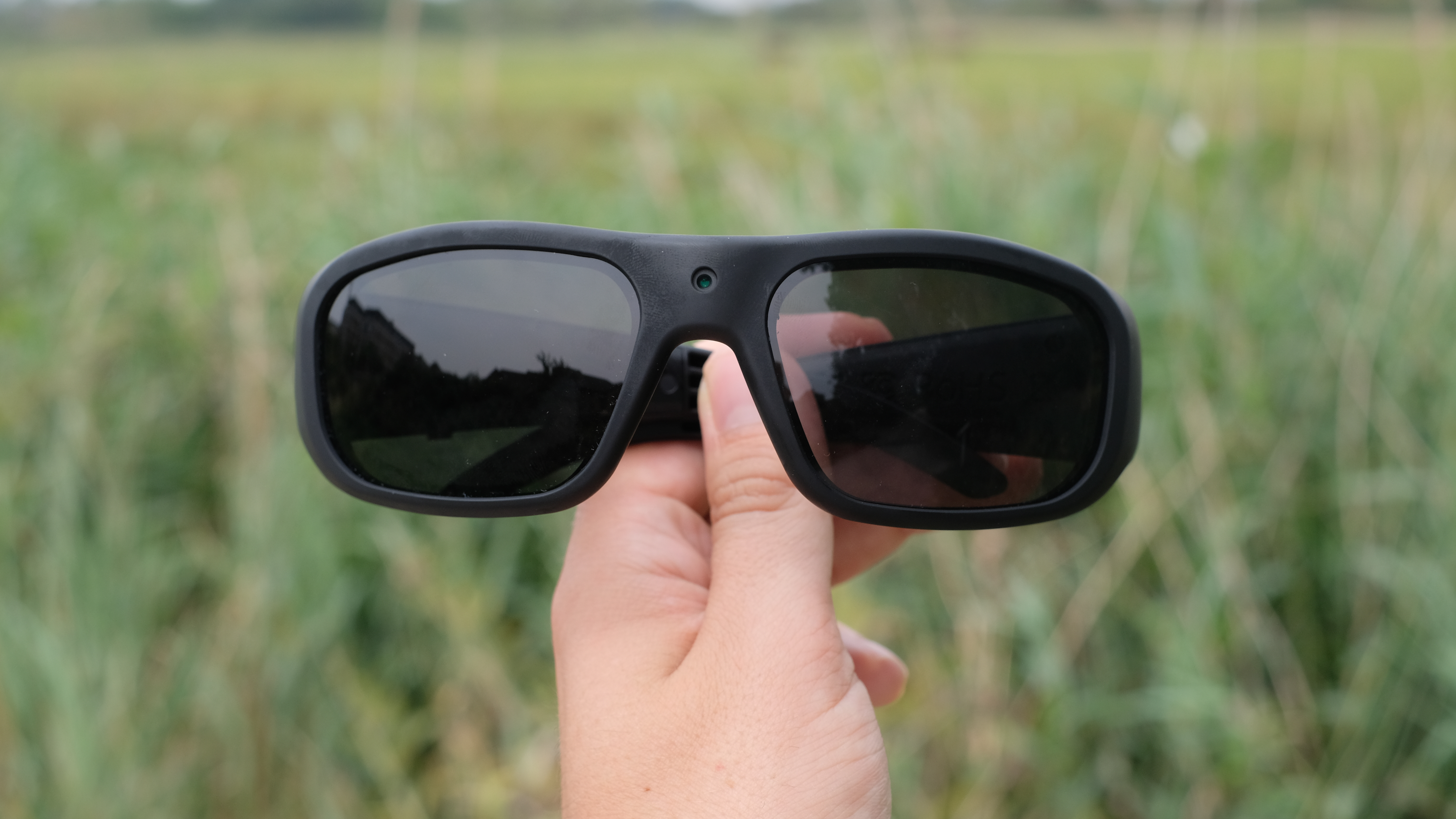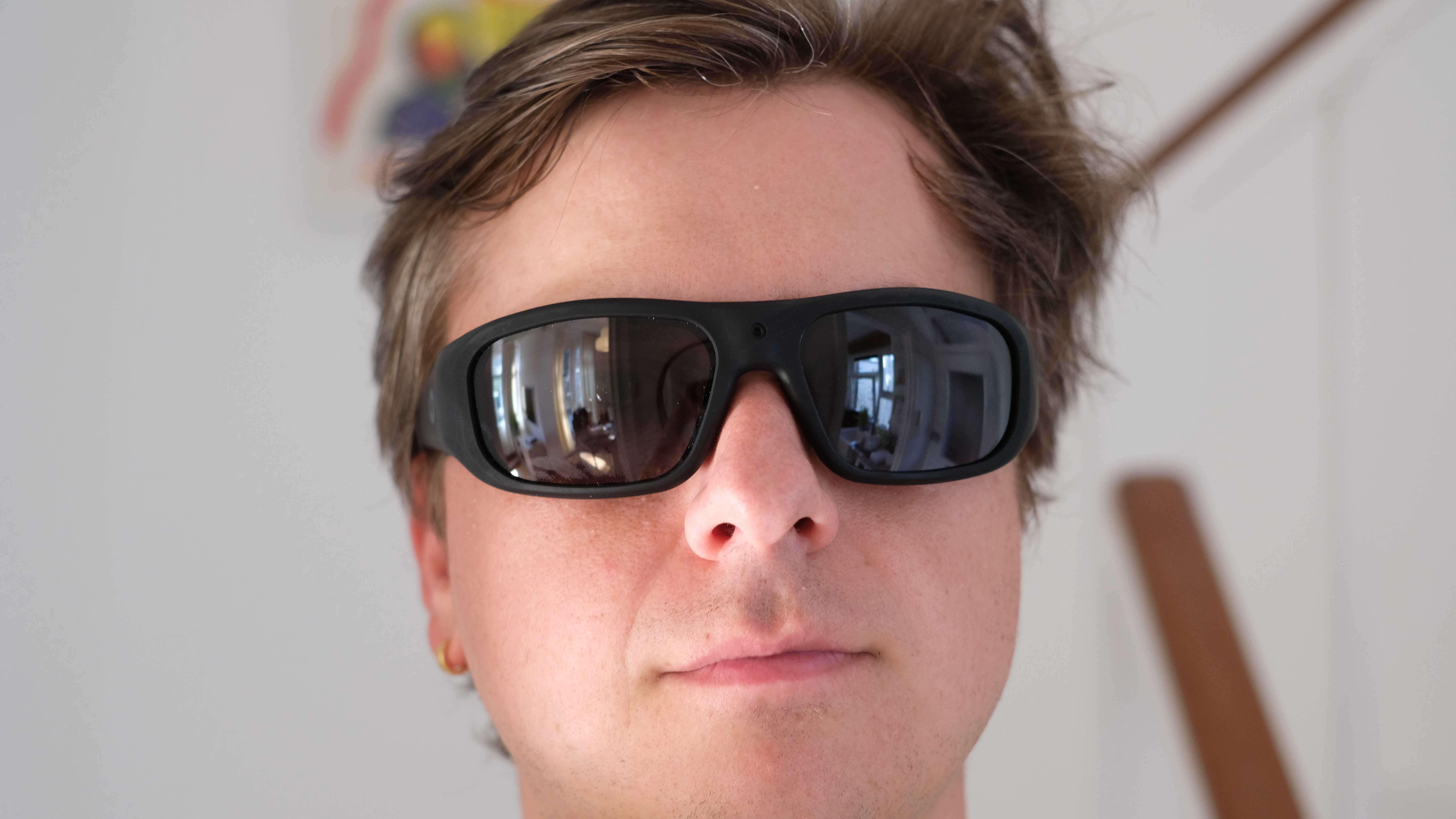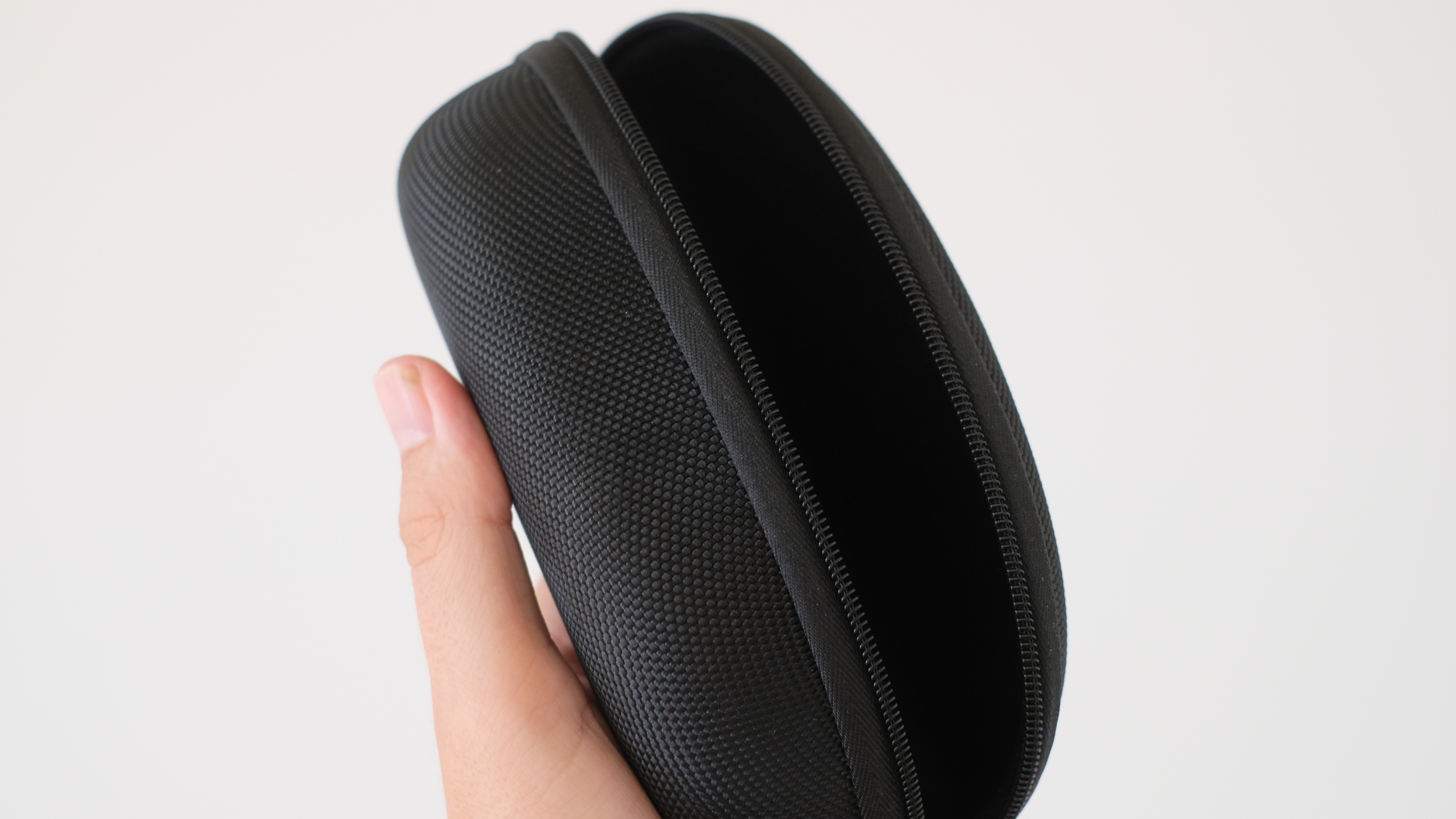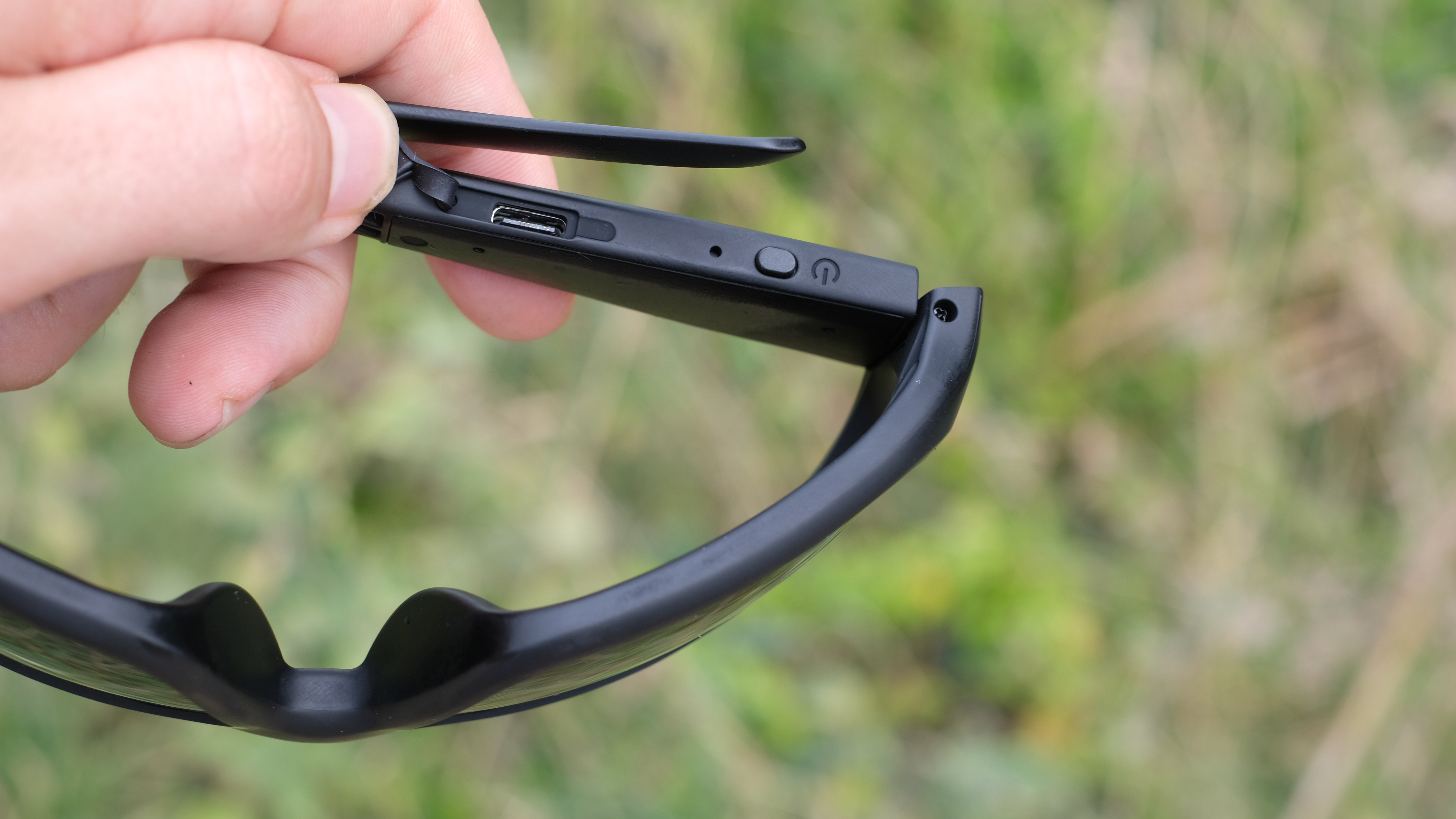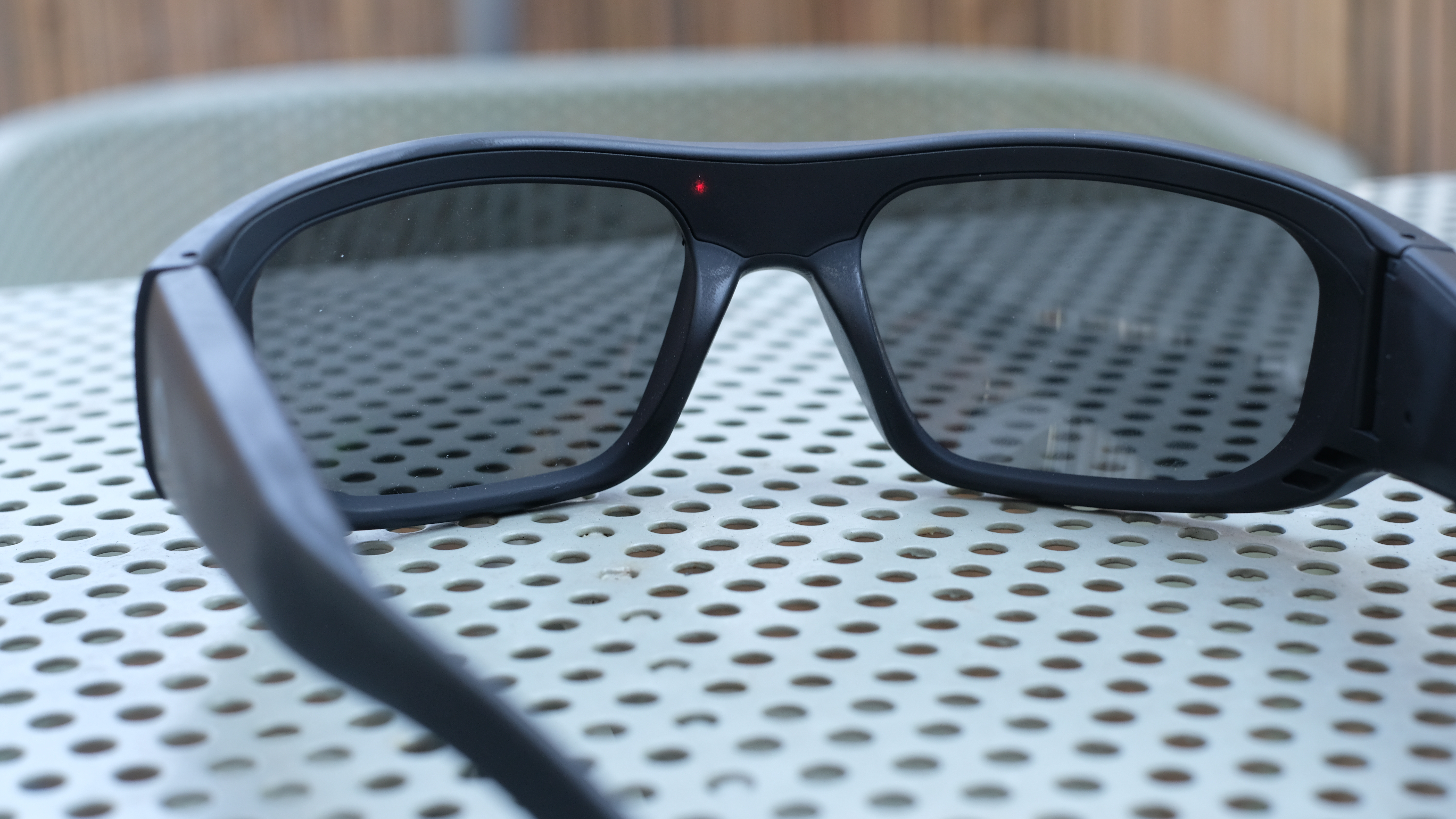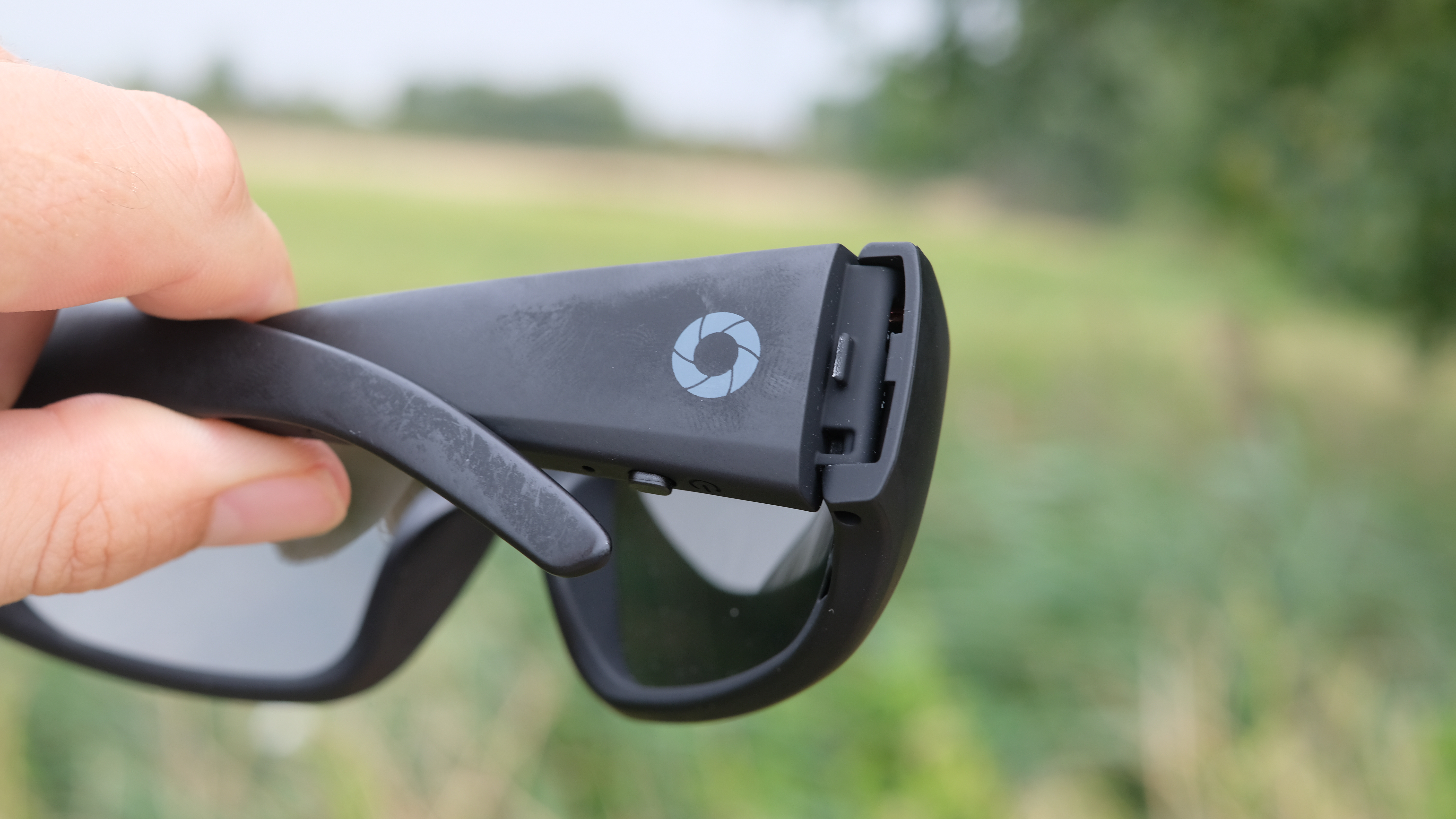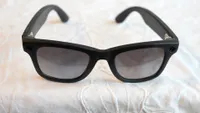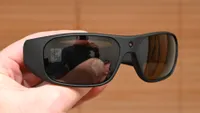Digital Camera World Verdict
iVue’s The Glide camera glasses just about do the job – they produce acceptable-looking imagery. Most of the problems with them, like the muted, low-res imagery, the difficulty of accurate composition and the constant wobble of video, are just inherent to camera glasses. If you want a pair of glasses that capture stills and video, these will fulfil your needs. Just don’t go expecting anything spectacular.
Pros
- +
Lightweight build with IP22 water resistance
- +
One-button operation
- +
Can record while charging
Cons
- -
Average image/video quality
- -
Settings controlled via config.txt file
Why you can trust Digital Camera World
Smart glasses and camera glasses have something of a chequered history. It’s hard not to think about high-profile failures like Google Glass, whose users (dubbed ‘glassholes’) were effectively bullied out of existence. However, there’s been a resurgence of interest recently, with Meta partnering with Ray-Ban to launch its AI powered smart glasses – and, on the cheaper end of the scale, these simple camera glasses from iVue, called The Glide.
With no wireless connectivity or AI smarts, these are designed to be a decidedly simpler prospect than other camera glasses. They’re operated via a single button, and they have 64GB of built-in memory – meaning no fussing with SD cards. When you want your footage and photos, you simply plug in via USB-C and drag them off the old-fashioned way.
So, in a market more crowded than it has been in a long time, how do iVue’s The Glide camera glasses stack up? I donned them to find out.
iVue The Glide: Specifications
Internal Storage | 64GB |
Camera Sensor | 8MP Sony CMOS |
Photo Resolution | 24MP |
Video Resolution | 1920 x 1080 at 30fps |
Microphones | Yes |
Wireless | No |
Connectivity | USB-C |
Lenses | Polarized UV 400 |
Frame Material | TR90 |
Frame Weight | 46g |
Power | 380mAh internal battery |
Water Resistance | IP22 |
Battery Life (up to) | 90 mins (est.) |
iVue The Glide: Pricing & Availability
iVue’s The Glide glasses are available for around $119 / £112. This is, as mentioned, significantly cheaper than Meta’s $300 Ray-Bans, while also being more expensive than some of the bottom-end camera glasses you can find on Amazon, which can be picked up for as little as $60 / £50. So, they’re sitting fairly comfortably in the mid-range.
iVue The Glide: Design & handling
I like to think we’re friends, dear Digital Camera World reader, and I’m going to admit something quite personal to you: I have a somewhat large head. Not massive, but certainly not small. As such, the slim-fitting Glide glasses were at first quite uncomfortable for me – to the point where I wondered if I was going to be able to wear them for anything like an extended period. Fortunately, we got used to each other, and the pressure on my temples eased up.
The glasses are constructed from TR90, a thermoplastic material that’s commonly used in products like these, and this makes them durable but lightweight at just 46g. They have an IP22 waterproof rating, which should protect them from sweat and light rain. You can swap the shaded lenses out for clear ones if so desired. They come with a hard shell case, a pouch, a USB-C to USB cable, and a cleaning cloth.
The glasses can actually record while being powered via USB-C, so if you don’t mind looking extremely odd, you can slip a battery pack into your pocket, run a cable up to your ear, and plug them in for practically indefinite recording.
The best camera deals, reviews, product advice, and unmissable photography news, direct to your inbox!
Operation is all conducted via a single button, and there is of course no LCD settings screen, which makes reading the instructions a necessity to have any idea what you’re doing. The red indicator light shines solid red in standby mode, flashes red when recording video, and is supposed to flash blue when a photo is captured; mine never did flash blue, which always left me delightfully unsure as to whether I’d managed to take a picture or not.
The indicator light is not visible to others, meaning people you record won’t have any idea you’re doing so. I’d personally consider this a negative – I think it’s polite and healthy to let other people know when you’re recording them.
iVue The Glide: Performance
In terms of stills, the Glide glasses can capture images up to 24MP in resolution, and given that the box proudly touts that they have an 8MP Sony CMOS sensor, it doesn’t take a genius to work out that there’s likely some interpolation going on. As such, images are muted and rather fuzzy.
Video is a similar story. It’s somewhat drab, and objects at distance are grainy and indistinct. Though as I found when testing the glasses on a walk, the main problems you’ll find with your footage are just problems inherent to camera glasses. The video constantly wobbles and it never seems to be level (I think one of my ears might be higher than the other, and I’m distressed that this is how I found out).
With that said, the footage is clear enough that when I spotted a bee, you can just about see him making his way across the frame, and when I pulled some leaves close to the camera, you can pick out a bit of detail. It’s nothing to write home about, but it's fine.
The lack of any kind of preview means you’re always kind of guessing at what you’re capturing. There is a microphone – I tested it by speaking into the glasses while holding them at arm’s length, and it picked up my voice clearly, but very quietly. I wouldn’t trust it to record a conversation at any distance. Otherwise, the mics mostly pick up wind noise, footsteps and breathing.
The one-button operation means that you can’t change settings on the fly – doing so requires the old-school technique of manually editing a config.txt file in Notepad. Here you can change things like the video/photo resolution, how long your clips are, whether you want a timestamp, etc. The options are exactly the same as those offered by the Oho Sunshine Glasses that my colleague Matthew reviewed – indeed, a cynic might hypothesize that their internals rolled off the exact same production line.
iVue The Glide: Sample images and video
Below are some unedited stills and a compilation of otherwise unedited video clips from The Glide.
Above: sample video shot with the iVue The Glide glasses


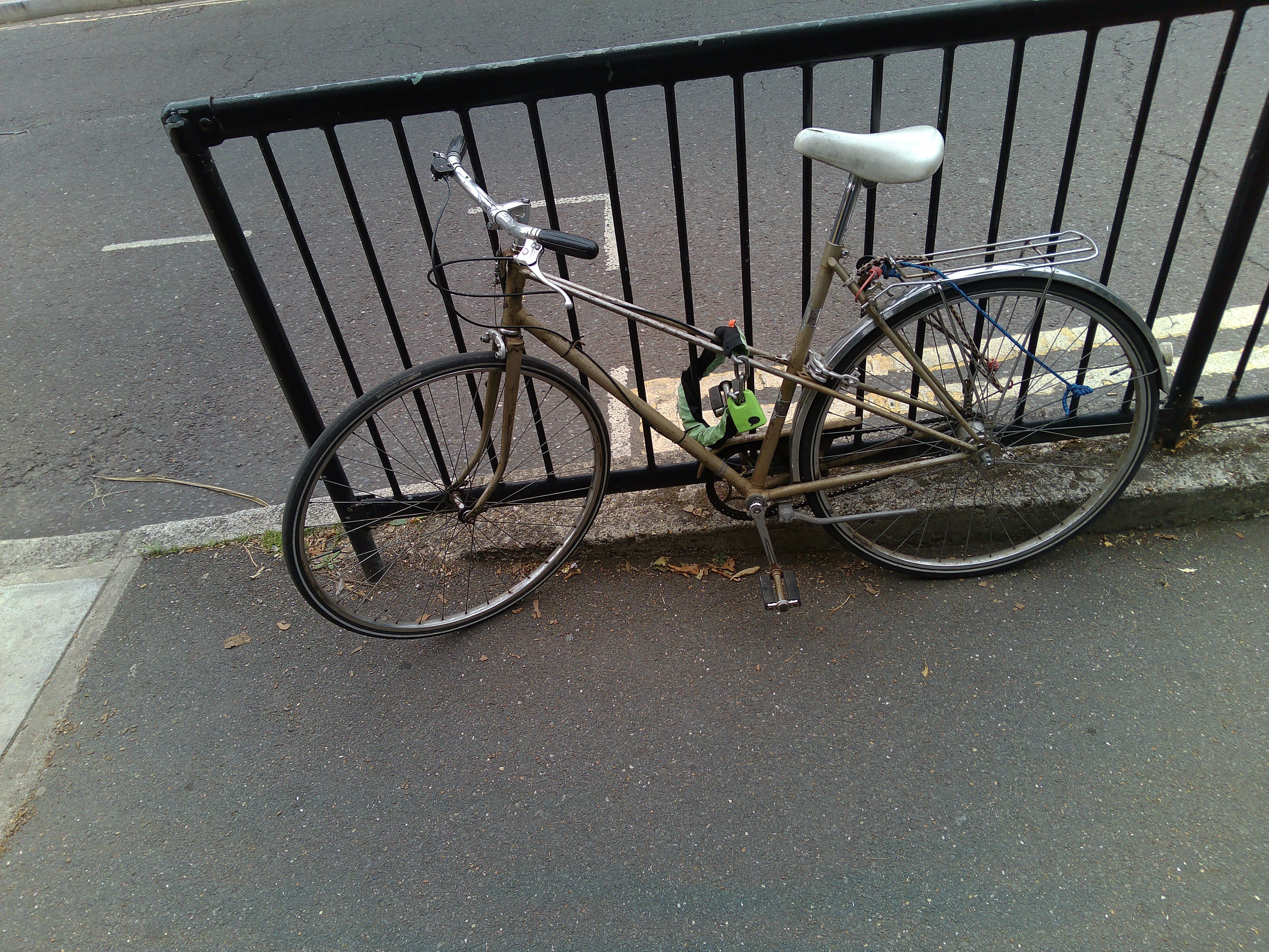

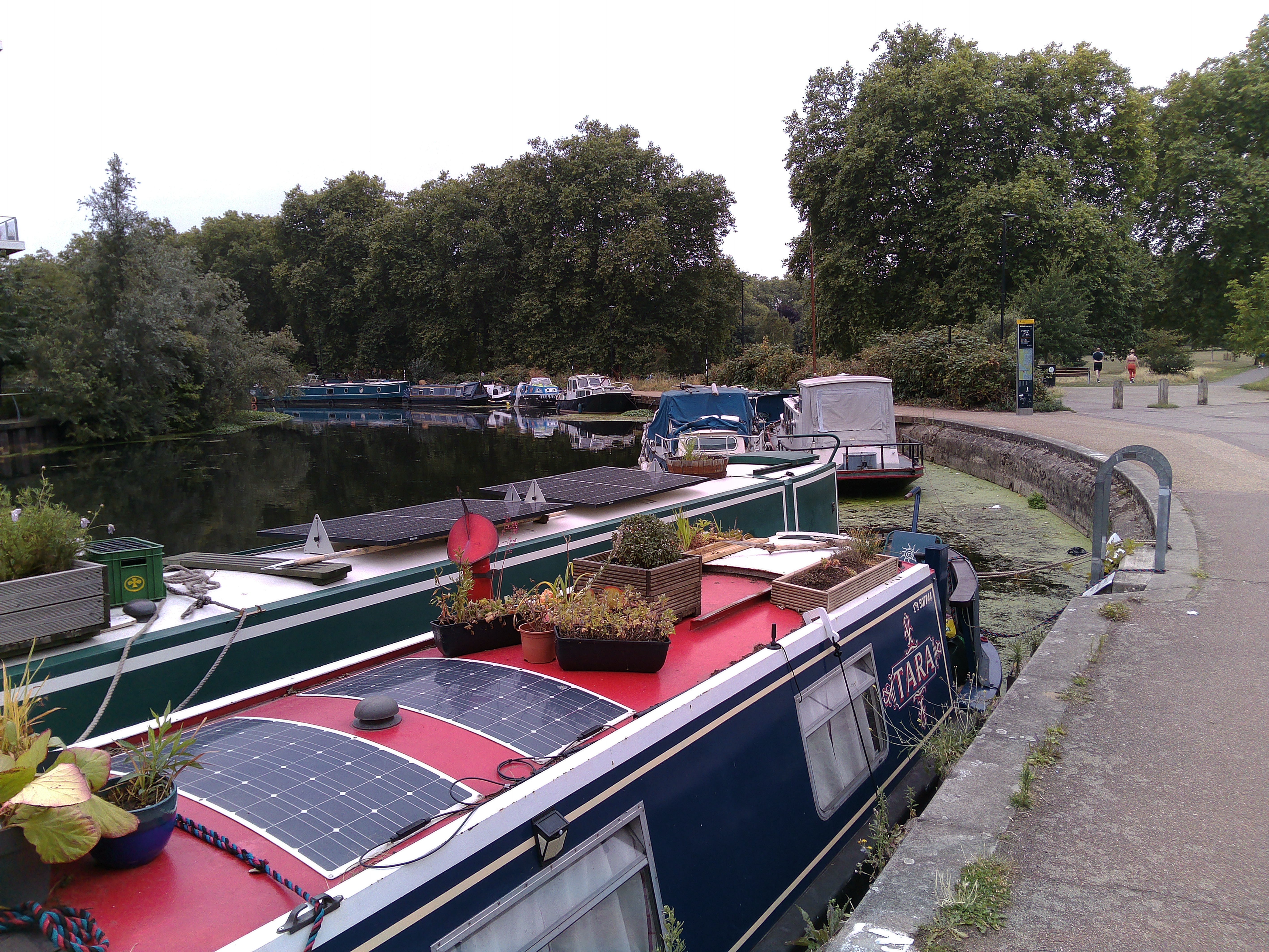
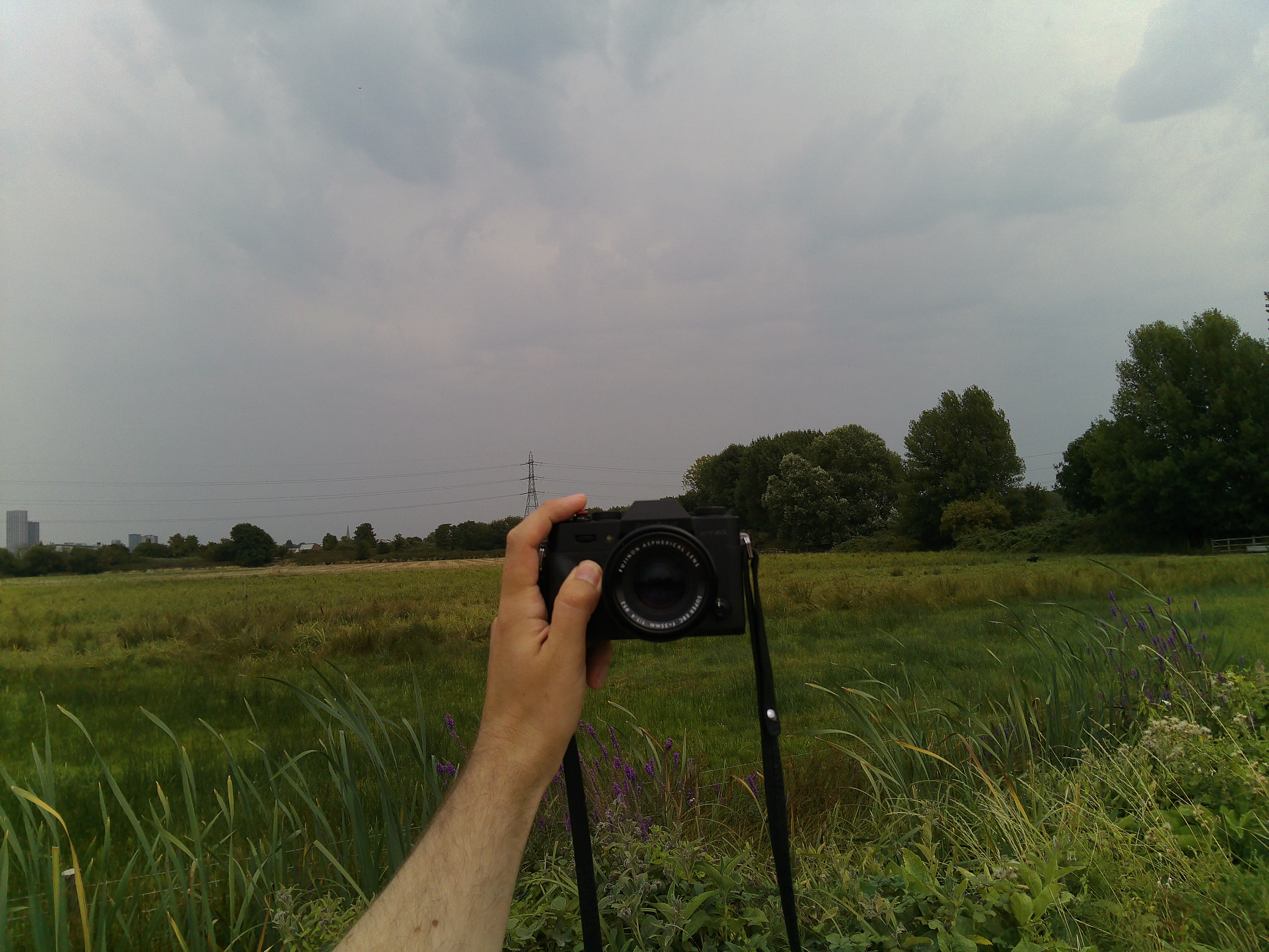


Above: sample stills photos shot with the iVue The Glide glasses
iVue The Glide: Verdict
The Glide is the kind of product that’s hard to really criticise given that it does the job it's designed for, but is also hard to get particualrly excited about. It produces imagery at about the level of quality you’d expect from a pair of glasses with a tiny sensor in them. The glasses themselves look fine, and feel reasonably well-built, but if you’re thinking of using them for serious image-making – don’t. They’re a fun novelty, and a cheap means of capturing POV footage, but not much more than that.
Features ★★★ | They get the basics done, and extra features like IP22 waterproofing and the ability to shoot while charging do sweeten the pot a little. | Row 0 - Cell 2 |
Design ★★★ | They may be too small for some people, and the one-button operation can be a little confusing at first. | Row 1 - Cell 2 |
Performance ★★★ | Imagery is fine, albeit unspectacular. It’s not what you’d call inspiring, but it is at least clear what you’re recording. | Row 2 - Cell 2 |
Value ★★★½ | Much more affordable than the top-end of the camera glasses market, iVue’s The Glide represents solid value for money – especially with internal storage. | Row 3 - Cell 2 |
Alternatives
Jon spent years at IPC Media writing features, news, reviews and other photography content for publications such as Amateur Photographer and What Digital Camera in both print and digital form. With his additional experience for outlets like Photomonitor, this makes Jon one of our go-to specialists when it comes to all aspects of photography, from cameras and action cameras to lenses and memory cards, flash diffusers and triggers, batteries and memory cards, selfie sticks and gimbals, and much more besides.
An NCTJ-qualified journalist, he has also contributed to Shortlist, The Skinny, ThreeWeeks Edinburgh, The Guardian, Trusted Reviews, CreativeBLOQ, and probably quite a few others I’ve forgotten.
You must confirm your public display name before commenting
Please logout and then login again, you will then be prompted to enter your display name.
